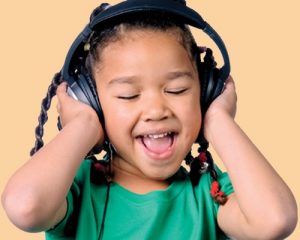Craniosacral Therapy
Releasing the negative effects of stress on the nervous system
Crainosacral therapy (CST) is a gentle, hands-on method of evaluating and enhancing the functioning of a physiological body system called the craniosacral system – membranes and cerebrospinal fluid that surround and protect the brain and spinal cord, extending from the bones of the skull, face and mouth (which make up the cranium) down to the tailbone area (or sacrum). The role of the craniosacral system is to maintain the environment in which the central nervous system functions. An imbalance or dysfunction in this system can cause sensory, motor, and/or neurological disabilities. Crainosacral therapy works by helping the body’s natural healing mechanisms release the negative effects of stress on the central nervous system.
Like the pulse of the cardiovascular system, the craniosacral system has a rhythm that can be felt throughout the body. Performed on a fully-clothed body, and using a touch generally no heavier than the weight of a nickel, skilled practitioners can monitor this rhythm at key body points to locate the source of an obstruction or stress. Once a source has been determined, the therapist uses delicate manual techniques to assist the natural movement of the fluid and related soft tissue to help the body self-correct, releasing problem areas and relieving undue pressure on the brain and spinal cord. When properly applied, crainosacral therapy is essentially risk-free.
Children who may benefit from CST include those with brain dysfunctions, central nervous system problems, self-regulatory and modulation difficulties, traumatic birth processes, and developmental delays, as well as various sensory disorders, including eye-motor coordination problems, autism, dyslexia, loss of taste or smell, tinnitus, vertigo (dizziness) and neuralgias (nerve pain) such as sciatica (hip & leg pain) & tic douloureux (sudden, sharp pain in the face).
CST sessions for children can last from 15-60 minutes, depending on the child’s tolerance and need. The optimal result of crainosacral therapy is a central nervous system free of restrictions and a body that is able to return to its greatest levels of performance.

Questions?
Please contact:
Amy Hengstebeck, OTRL
Director of Occupational &
Sensory Integration Therapy
248-737-3430
EMAIL




